About Flight 593.
Aeroflot Flight 593 was a passenger flight from Sheremetyevo International Airport, Moscow, Russia, to Kai Tak Airport in Hong Kong. On 23 March 1994, the aircraft operating the route, an Airbus A310-304 flown by Aeroflot, crashed into the Kuznetsk Alatau mountain range in Kemerovo Oblast, killing all 63 passengers and 12 crew members on board.
Aeroflot Flight 593
Aeroflot Airbus A310-300 F-OGQS CDG 1993.png
F-OGQS, the aircraft involved in the accident, seen in 1993
Accident
Date
23 March 1994
Summary
Untrained minor in command of controls; pilot error during stall recovery
Site
20 km (12 mi) E of Mezhdurechensk, Russia
53°18'03?N 88°08'59?E
Aircraft
Aircraft type
Airbus A310-304
Aircraft name
Glinka
Operator
Aeroflot – Russian International Airlines
IATA flight No.
SU593
ICAO flight No.
AFL593
Call sign
AEROFLOT 593
Registration
F-OGQS
Flight origin
Sheremetyevo International Airport, Moscow, Russia
Destination
Kai Tak Airport, Hong Kong
Occupants
75
Passengers
63
Crew
12
Fatalities
75
Survivors
0
No evidence of a technical malfunction was found. Cockpit voice and flight data recorders revealed the presence of the relief captain's 13-year-old daughter and 15-year-old son in the cockpit.[1] While seated at the controls, the pilot's son had unknowingly partially disengaged the A310's autopilot control of the aircraft's ailerons. The autopilot then disengaged completely, causing the aircraft to roll into a steep bank and a near-vertical dive. Despite managing to level the aircraft, the first officer over-corrected when pulling up, causing the plane to stall and enter into a spin; the pilots managed to level the aircraft off once more, but the plane had descended beyond a safe altitude to initiate a recovery and subsequently crashed into the mountain range. All 75 occupants died on impact.
Contents
Background
Edit
Aircraft
Edit
The aircraft involved in the accident was a leased Airbus A310-304, registration F-OGQS, serial number 596, that was delivered new to Aeroflot on 11 December 1992.[2] Powered by two General Electric CF6-80C2A2 engines, the airframe had its maiden flight as F-WWCS on 11 September 1991, and was one of five operating for Russian International Airlines, an autonomous division of Aeroflot that was set up for serving routes to the Russian Far East and Southeast Asia.[2][3] On average, the crew of three operating the aircraft had logged 900 hours on the type.[3]
Passengers and crew
Edit
Of the 63 passengers on board, 40 were Russian nationals,[4] including about 30 airline employees and family members.[5] The remaining 23 foreigners were mostly businessmen from Hong Kong and Taiwan, who were looking for economic opportunities in Russia.[4][5][6]
The captain of Flight 593 was Andrey Viktorovich Danilov, 40, who was hired by Aeroflot in November 1992. He had accrued over 9,500 hours of flight time, including 950 hours in the A310, of which 895 hours were as captain. The first officer was Igor Vasilyevich Piskaryov, 33, hired by Aeroflot in October 1993, who had 5,885 hours of flight time, including 440 hours in the A310. The relief captain was Yaroslav Vladimirovich Kudrinsky, 39, who was hired by Aeroflot in November 1992; he had over 8,940 flying hours, including 907 hours in the A310. Kudrinsky also had experience in the Yakovlev Yak-40, Antonov An-12, and Ilyushin Il-76. Nine flight attendants were on board the plane.[6]
Accident
Edit
In the early hours of 23 March 1994, the aircraft was en route from Sheremetyevo International Airport in Moscow to Kai Tak Airport in Hong Kong, with 75 occupants aboard, of whom 63 were passengers.[4][7][8] Relief pilot Kudrinsky was taking his two children on their first international flight, and they were brought to the cockpit while he was on duty.[9] Five people were thus on the flight deck: Kudrinsky, co-pilot Piskaryov, Kudrinsky's son Eldar (age 15) and daughter Yana (age 13),[10] and another pilot, Vladimir Makarov, who was flying as a passenger.[11][page needed]
With the autopilot active, Kudrinsky, against regulations, let the children sit at the controls.[9][12][13] First, Yana took the pilot's left front seat. Kudrinsky adjusted the autopilot heading to give her the impression that she was turning the plane, though she actually had no control of the aircraft. Shortly thereafter, Eldar occupied the pilot's seat.[9] Unlike his sister, Eldar applied enough force to the control column to contradict the autopilot for 30 seconds. This caused the flight computer to switch the plane's ailerons to manual control, while maintaining control over the other flight systems. Eldar was now in partial control of the aircraft.[14][15] A silent indicator light came on to alert the pilots to this partial disengagement. The pilots, who had previously flown Soviet-designed planes that had audible warning signals, apparently failed to notice it.[16]
Eldar was the first to notice a problem, when he observed that the plane was banking right. Shortly after, the flight path indicator changed to show the new flight path of the aircraft as it turned. Since the turn was continuous, the resulting predicted flight path drawn on screen was a 180° turn. This indication is similar to those shown when in a holding pattern, where a 180° turn is required to remain in a stable position. This confused the pilots for nine seconds, during which time the plane banked past a 45° angle to almost 90°, steeper than the design allowed. The A310 cannot turn this steeply while maintaining altitude, and the plane started to descend quickly. The increased g-forces on the pilots and crew made regaining control extremely difficult for them. The autopilot, which no longer controlled the ailerons, used its other controls to compensate, pitching the nose up and increasing thrust. As a result, the plane began to stall; the autopilot, unable to cope, disengaged completely. A second, larger indicator light came on to alert the pilots of the complete disengagement, and this time they did notice it. At the same time, the autopilot's display screen went blank. To recover from the stall, an automatic system lowered the nose and put the plane into a nosedive.[6] The reduced g-forces enabled Kudrinsky to retake his seat. Piskaryov then managed to pull out of the dive, but over-corrected, putting the plane in an almost vertical ascent, again stalling the plane, causing the plane to enter a spin. Although Kudrinsky and Piskaryov regained control and leveled out the wings, they did not know how far they had descended during the crisis and their altitude by then was too low to recover. The plane crashed at high vertical speed, estimated at 70 m/s (140 kn; 160 mph; 250 km/h).[17] All 75 occupants died on impact.[7]
The aircraft crashed with its landing gear up, and all passengers had been prepared for an emergency, as they were strapped into their seats.[17] No distress calls were made before the crash.[3] Despite the struggles of both pilots to save the aircraft, it was later concluded that if they had just let go of the control column, the autopilot would have automatically taken action to prevent stalling, thus avoiding the accident.[18] There was no evidence of a technical failure in the plane.[11][19]
The wreckage was located on a remote hillside in the Kuznetsk Alatau mountain chain,[20] about 20 kilometres (12 mi) east of Mezhdurechensk, Kemerovo Oblast, Russia; the flight data recorders were found on the second day of searching.[3] Families of Russian victims placed flowers on the crash site, while families of Chinese and Taiwanese victims scattered pieces of paper with messages written on them around the area.[6]
Source:Wikipedia
F-OGQS , The aircraft involved in the incident

About the A310...
The Airbus A310 is a wide-body aircraft, designed and manufactured by Airbus Industrie, then a consortium of European aerospace manufacturers. Airbus had identified a demand for an aircraft smaller than the A300, the first twin-jet wide-body. On 7 July 1978, the A310 (initially the A300B10) was launched with orders from Swissair and Lufthansa. On 3 April 1982, the first prototype conducted its maiden flight, and the A310 received its type certificate on 11 March 1983.
A310
Air Transat A310 (C-GTSF) @ LHR, Aug 2009.jpg
An A310, landing gear and flaps extended, from Air Transat, formerly one of its largest operators
Role
Wide-body aircraft
National origin
Multinational[a]
Manufacturer
Airbus Industrie
Designer
Airbus Industrie
First flight
3 April 1982; 40 years ago
Introduction
April 1983 with Swissair
Status
In limited service
Primary users
Mahan Air
ULS Airlines Cargo
Iran Air
Ariana Afghan Airlines
Produced
1981–1998
Number built
255[1]
Developed from
Airbus A300
Variants
Airbus A310 MRTT
Airbus CC-150 Polaris
Keeping the same eight-abreast cross-section, the A310 is 6.95 m (22.8 ft) shorter than the initial A300 variants, and has a smaller wing, down from 260 to 219 m2 (2,800 to 2,360 sq ft). The A310 introduced a two-crew glass cockpit, later adopted for the A300-600 with a common type rating. It was powered by the same General Electric CF6-80 or Pratt & Whitney JT9D then PW4000 turbofan jet engines. It can seat 220 passengers in two classes, or 240 in all-economy, and has a flying range up to 5,150 nmi (9,540 km). It has overwing exits between the two main front and rear door pairs.
In April 1983, the aircraft entered revenue service with Swissair, and competed with the Boeing 767-200, introduced six months before. Its longer range and ETOPS regulations allowed it to be operated on transatlantic flights. Until the last delivery in June 1998, 255 aircraft were produced, as it was succeeded by the larger Airbus A330-200. It was available as a cargo aircraft version, and was also developed into a military variant, the A310 MRTT multi-role transport, then tanker.


Specifications
Spotlights
- Aarav 2.1 years ago
General Characteristics
- Predecessor Airbus A310 200
- Created On Android
- Wingspan 156.5ft (47.7m)
- Length 154.2ft (47.0m)
- Height 53.8ft (16.4m)
- Empty Weight N/A
- Loaded Weight 157,056lbs (71,239kg)
Performance
- Power/Weight Ratio 6.782
- Wing Loading 45.6lbs/ft2 (222.5kg/m2)
- Wing Area 3,446.9ft2 (320.2m2)
- Drag Points 49872
Parts
- Number of Parts 413
- Control Surfaces 7
- Performance Cost 2,758

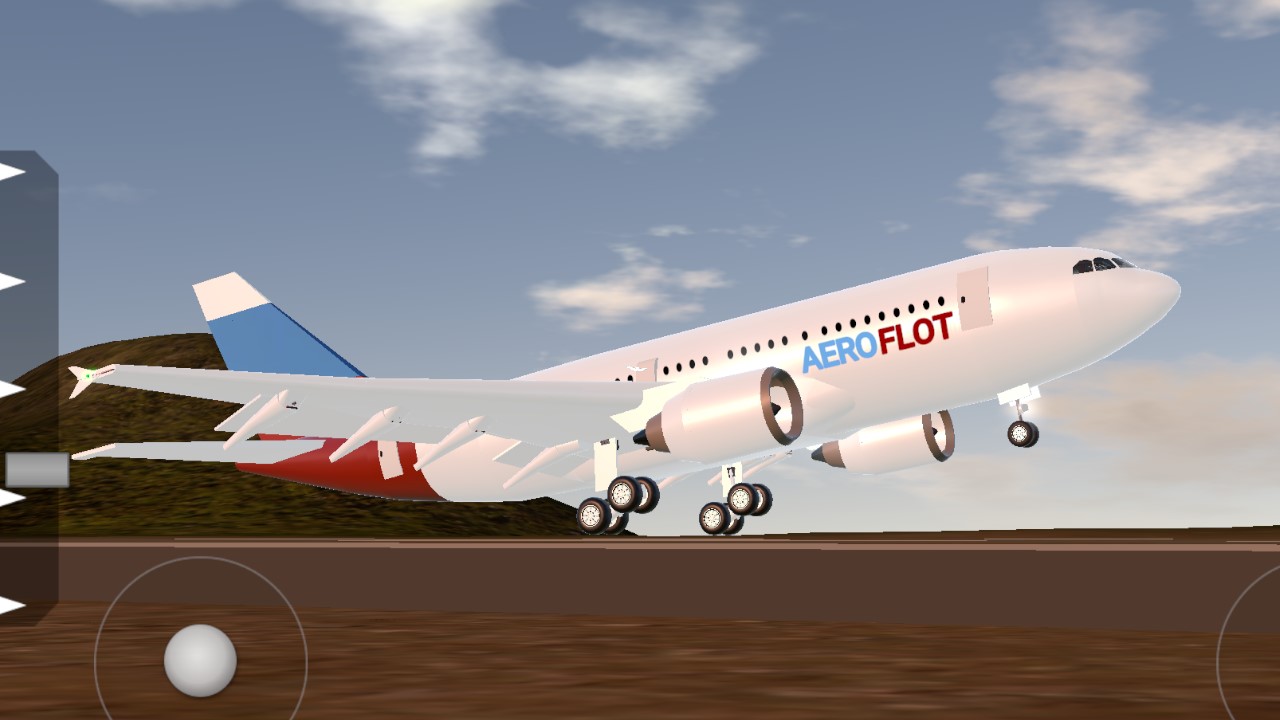
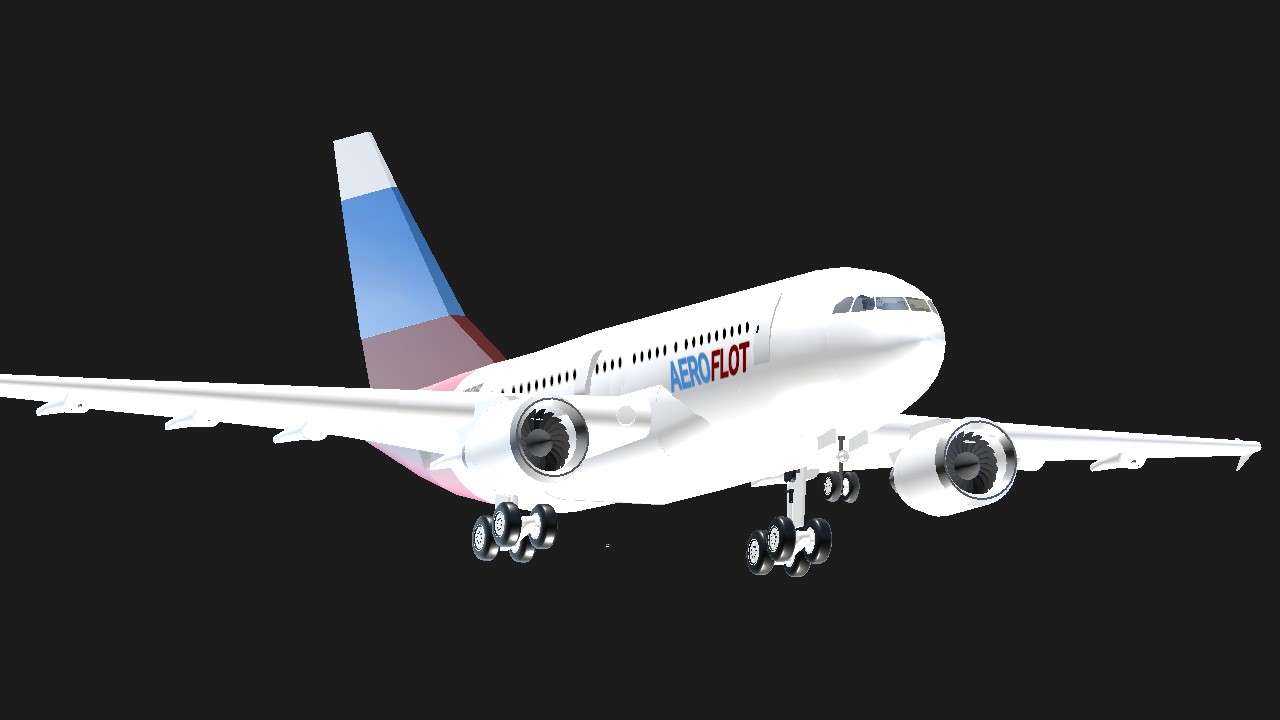
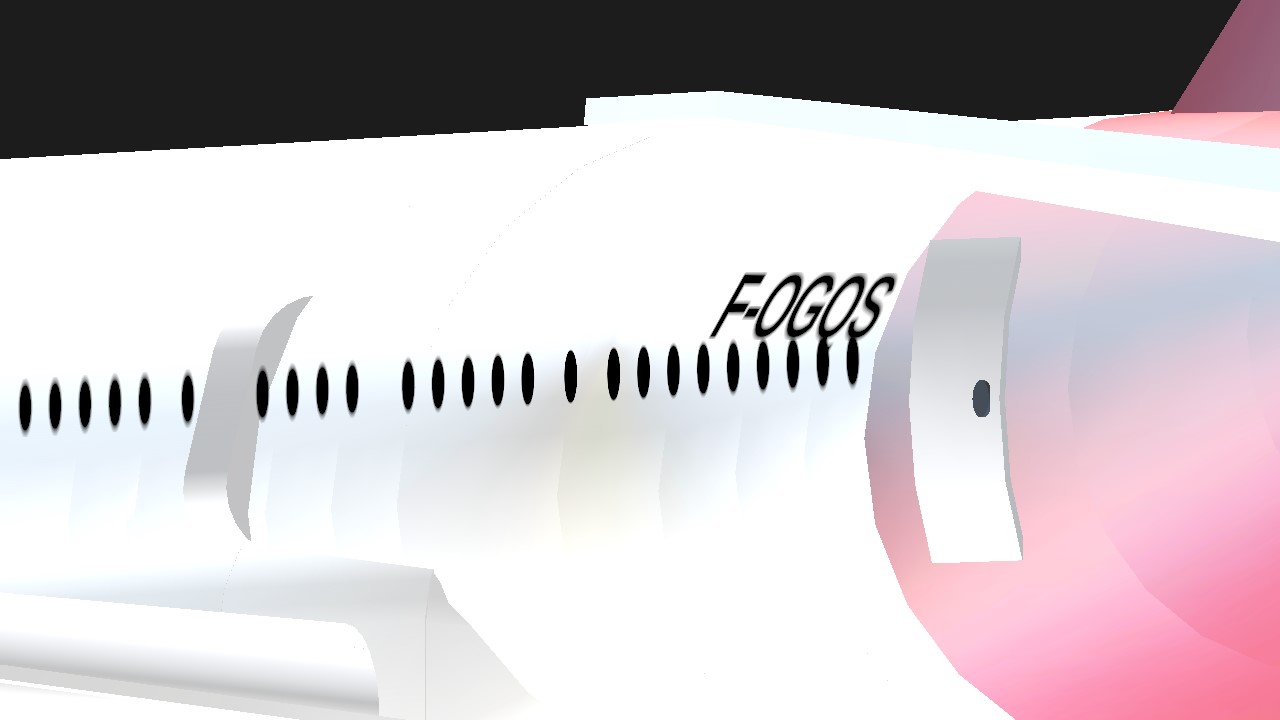
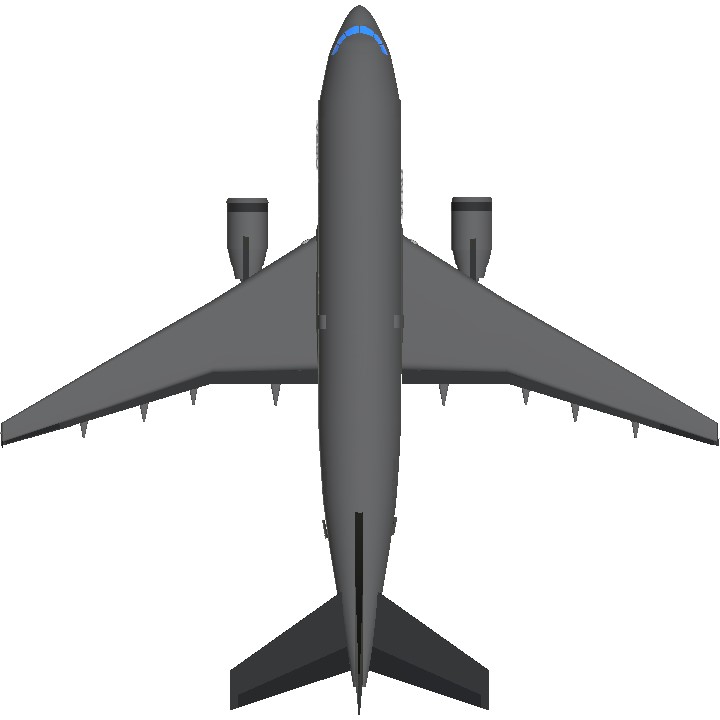
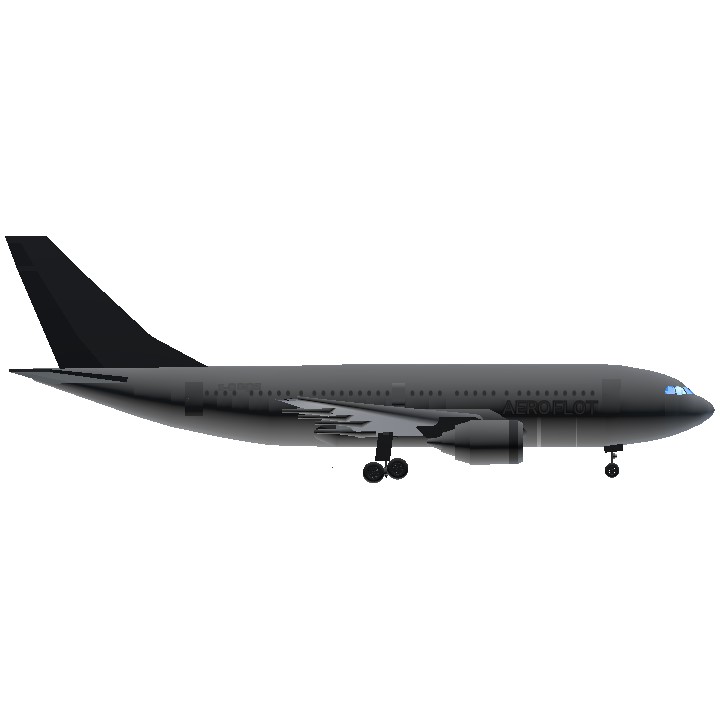
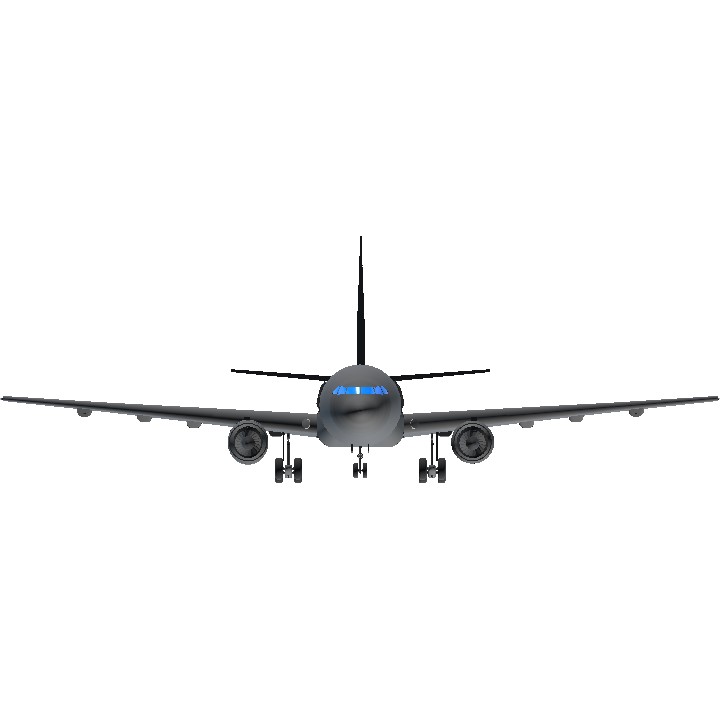
@RayotAircraftIndustry that language the captain spoke is Russian
The cause of Aeroflot 593 to crash was that the captain allowed his child to fly the plane. What an Aeroflot disaster.😥😥☠️☠️☠️
Anyone got ULS livery? Cuz i saw one today very close on ground
@Chinaairlines123yt I had a stroke trying to understand this “Language”
@Ion422 bro shut up, godzilla got dinosaurs
@Chinaairlines123yt Godzilla had a stroke reading this ⚰️💀
10/10 is plane but crash a forest but did see kids got plane control but did stall is so pilot error and results is crash a forest did see but everyone died no survivor a did hit tree?
this action will have consequences...
That's why you shouldn't let your kids pilot this
@NoblePlanes makes sense, although I already made one 9 months ago. If only I could make the eagle
@TheD2O no
@NoblePlanes hey, wait, is this inspired by mine?
@NoblePlanesLTD The Old livery is Lovely
@NoblePlanesLTD could you try this by adding Mahan Air Livery?
@Jamalnyangoro @Jamalnyangoro *Low physics
For me the airplane does random stuff it moves randomly and doesn’t fly
Wait, so there's a kid in the cockpit?
FBI OPEN UP!
(joke)
@LimesLusania thank you
The gear does not tilt upward.
Otherwise, nice!
R.I.P To all who perished in this incident
Special tags
@Aarav
@LimesLusania
@Brololxd